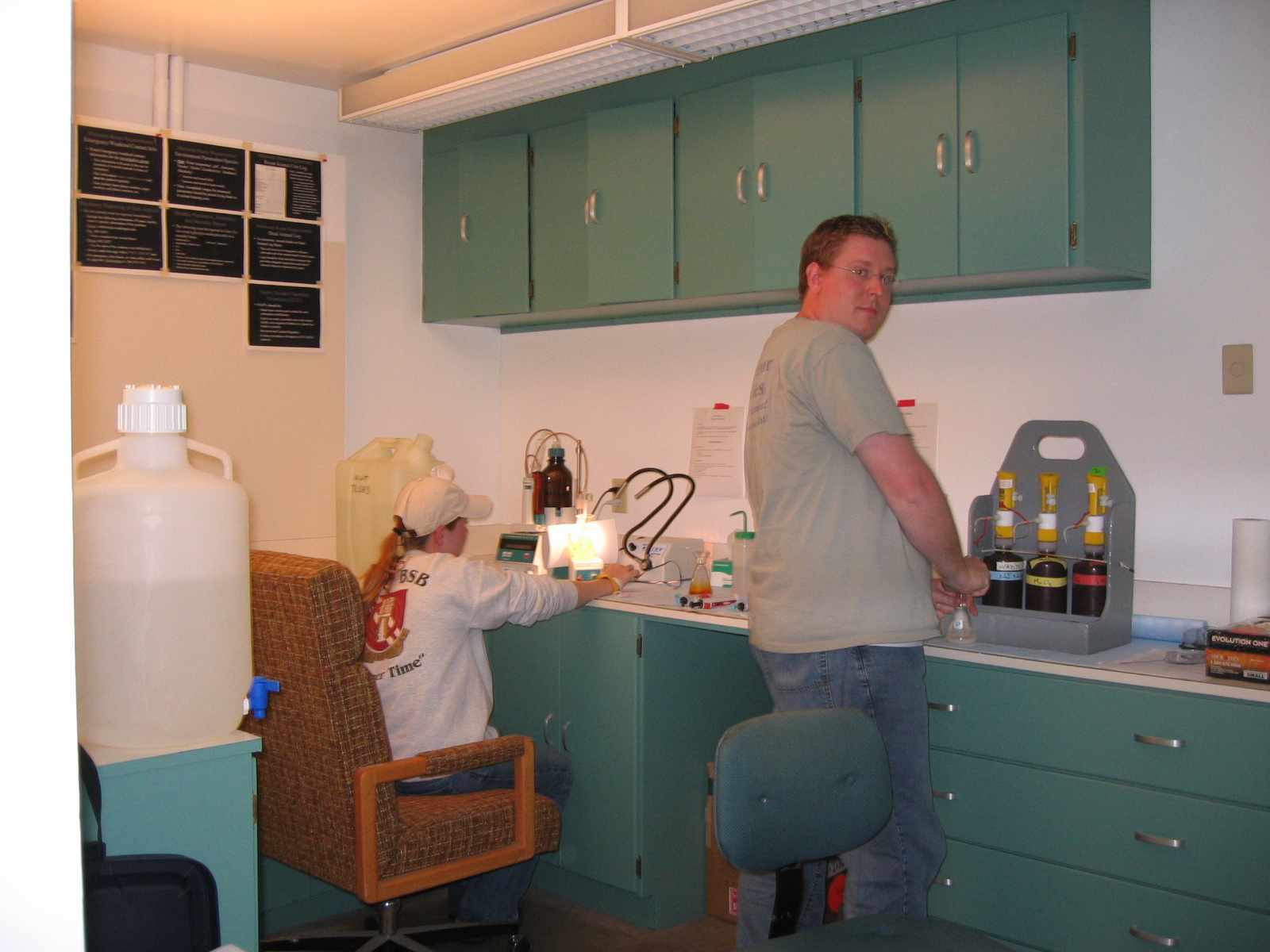
| Hood Canal's worsening problem of low dissolved oxygen is the basis for ongoing scientific study of this fjord-like arm of Puget Sound. Although the waters of Hood Canal are pristine to the naked eye, the canal has a history of naturally occurring low dissolved oxygen (DO) levels. This is due to the canal's long, narrow shape with an entrance sill on the northern end resulting in areas of stagnant, layered waters that resist mixing by tides and winds (PSAT, 2004). Unique bathymetric features of the canal result in low flushing and water exchange (Hood Canal Dissolved Oxygen Program 2005). The canal has an entrance sill that is only 45.7m deep proximal to a 152-182m entrance depth. This makes it difficult for run-off polluted waters to dilute and flush. In dry years, dissolved oxygen levels in Hood Canal become lethal to aquatic life(Hood Canal Dissolved Oxygen Program 2005). The Hood Canal Watershed has nearly |  |
 |
 |
 |
 |